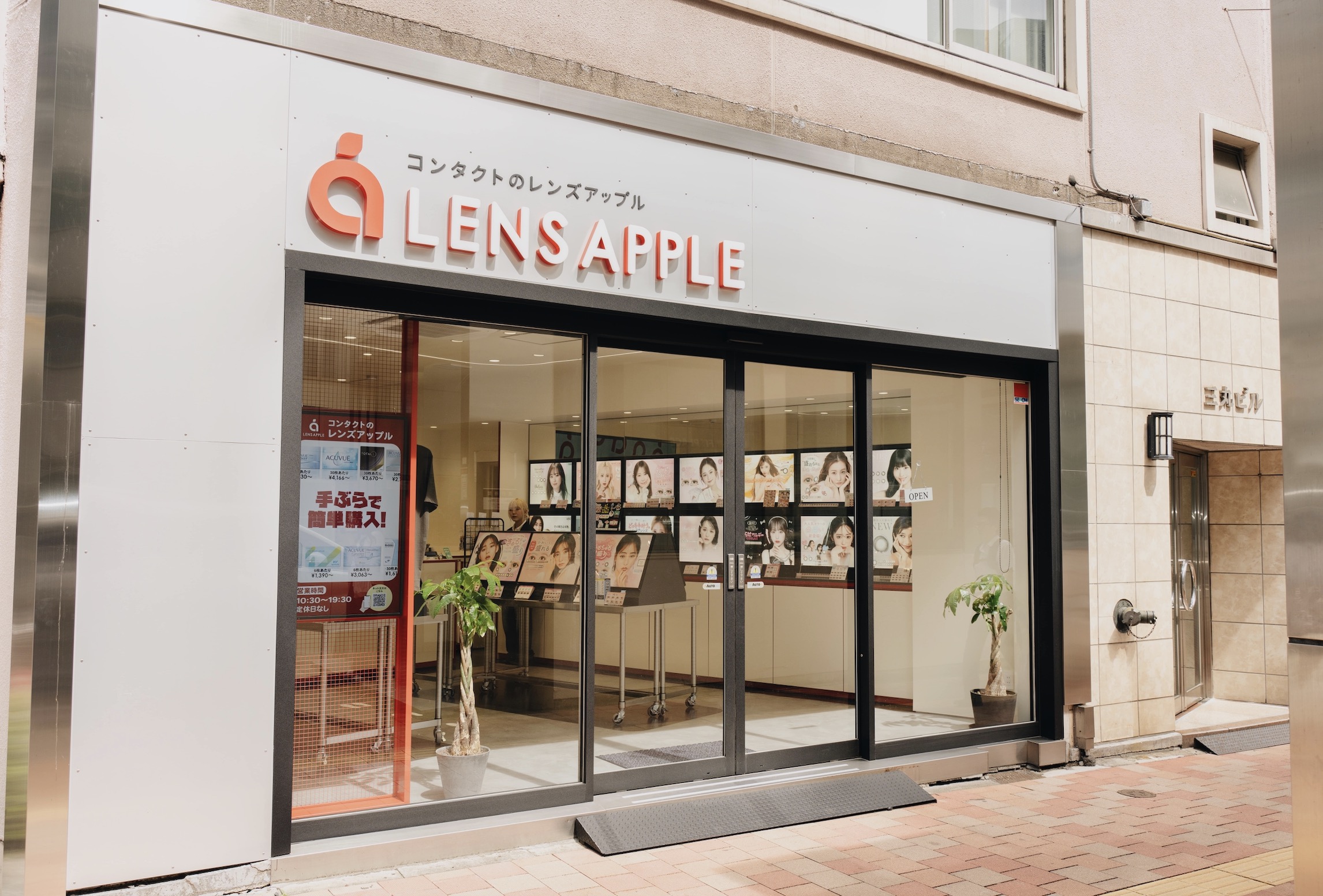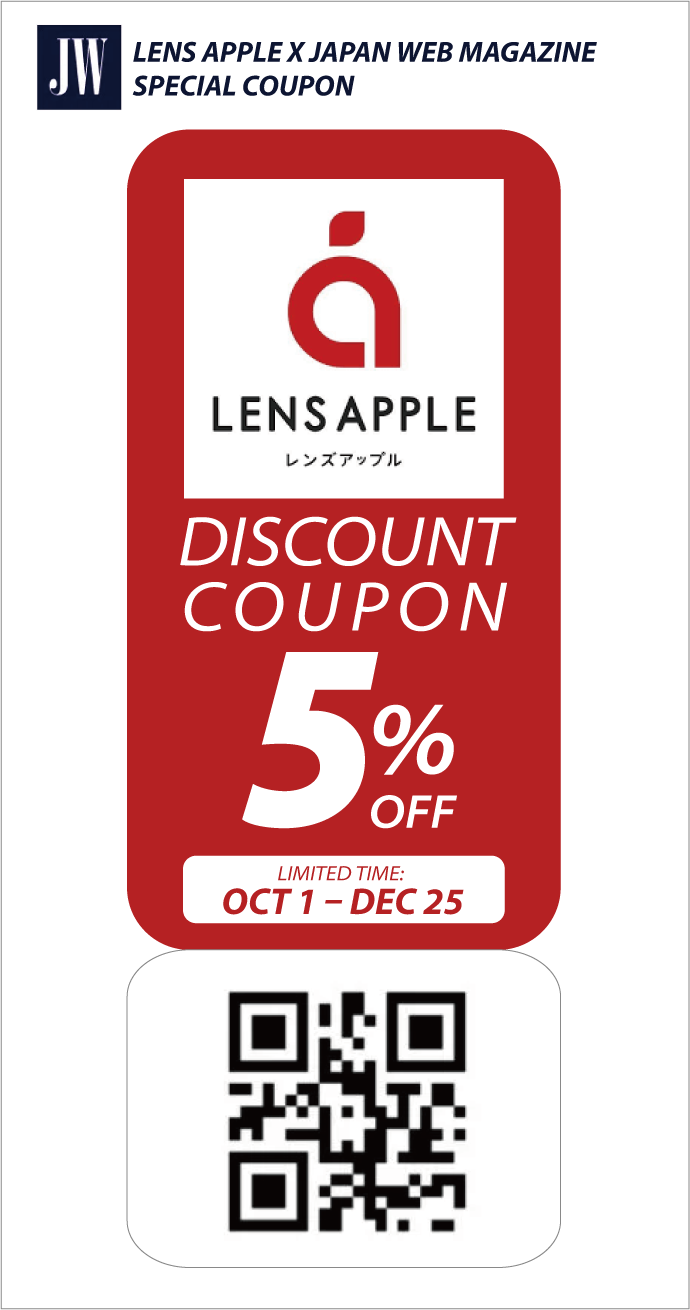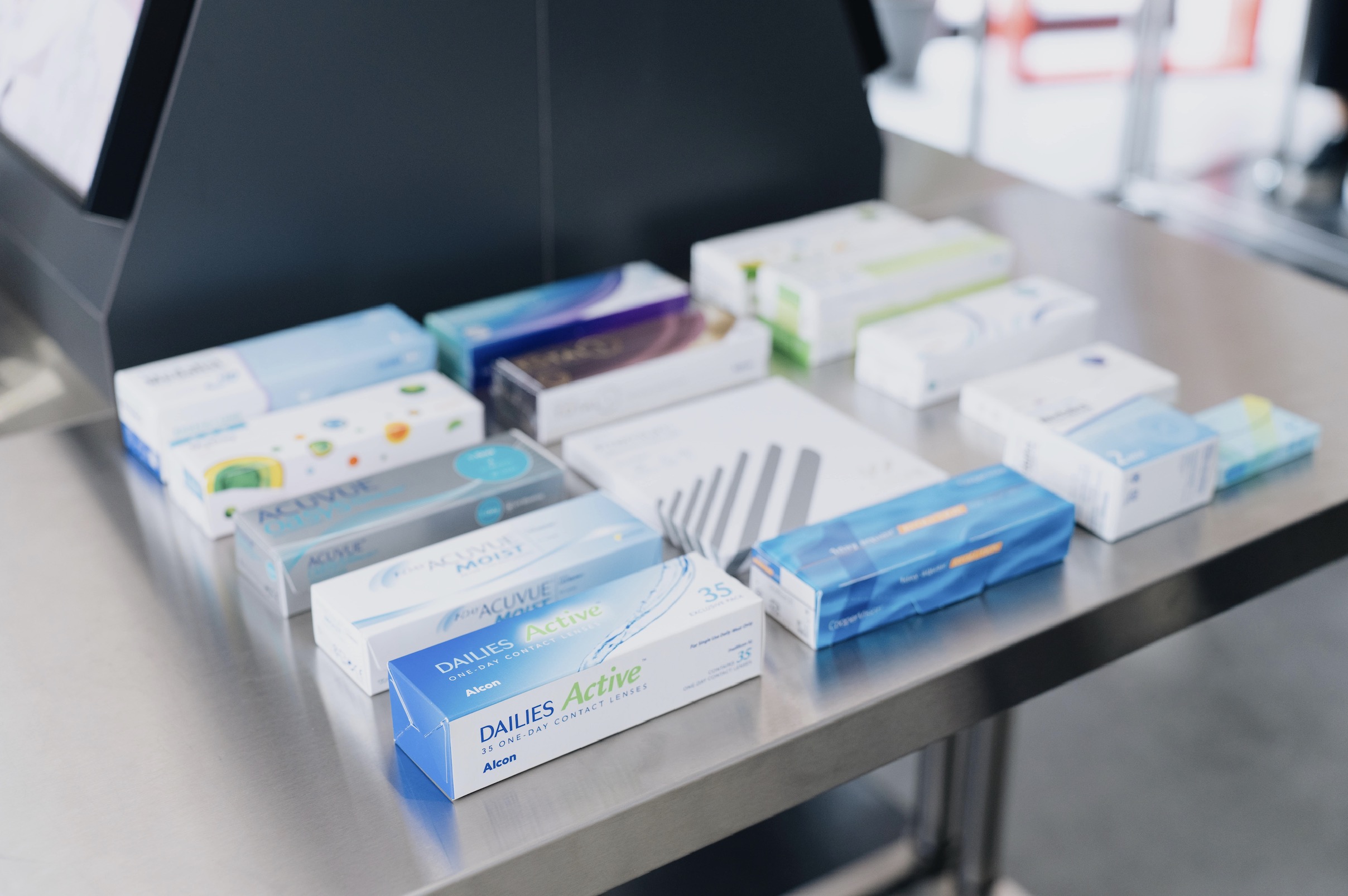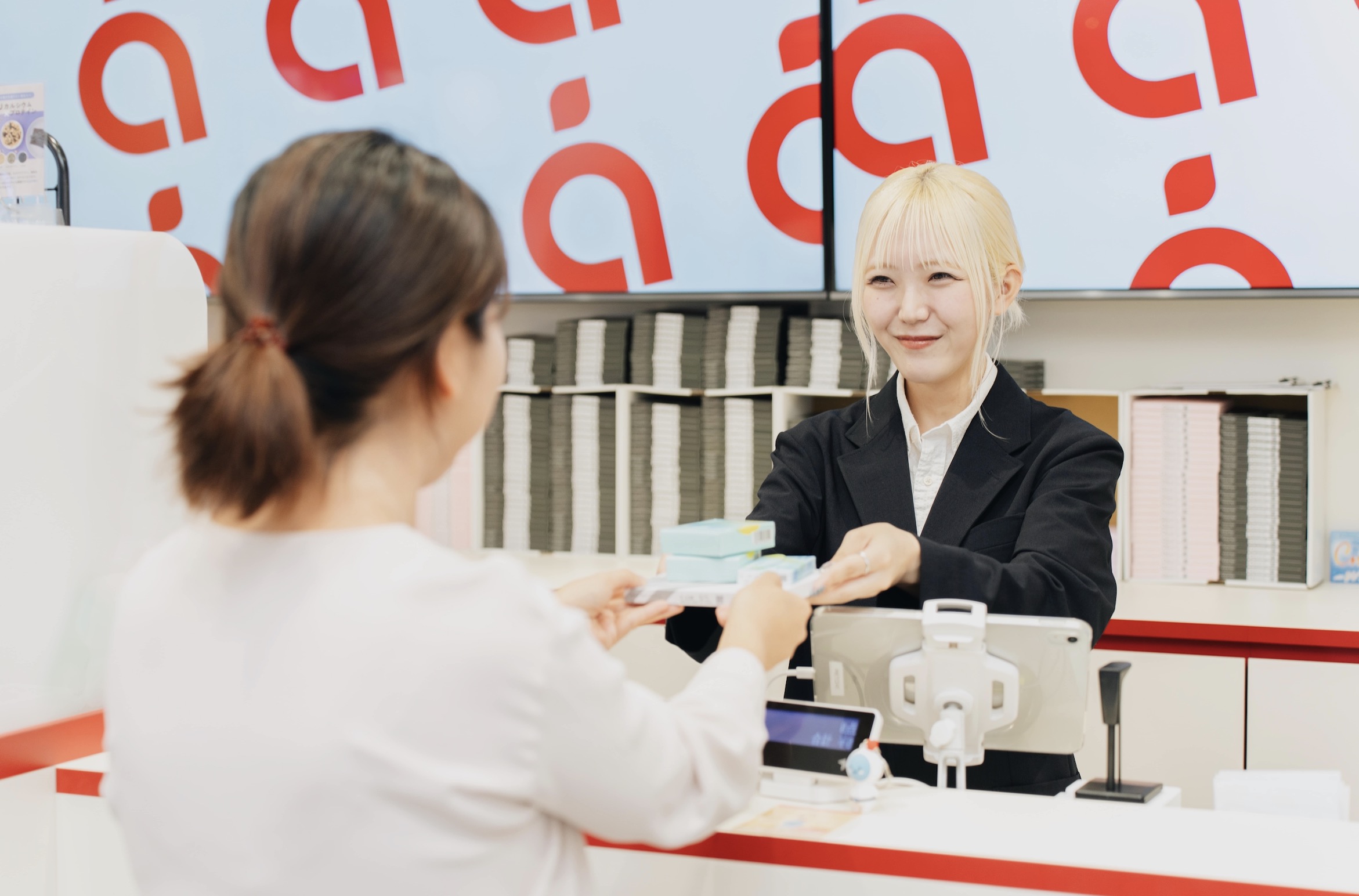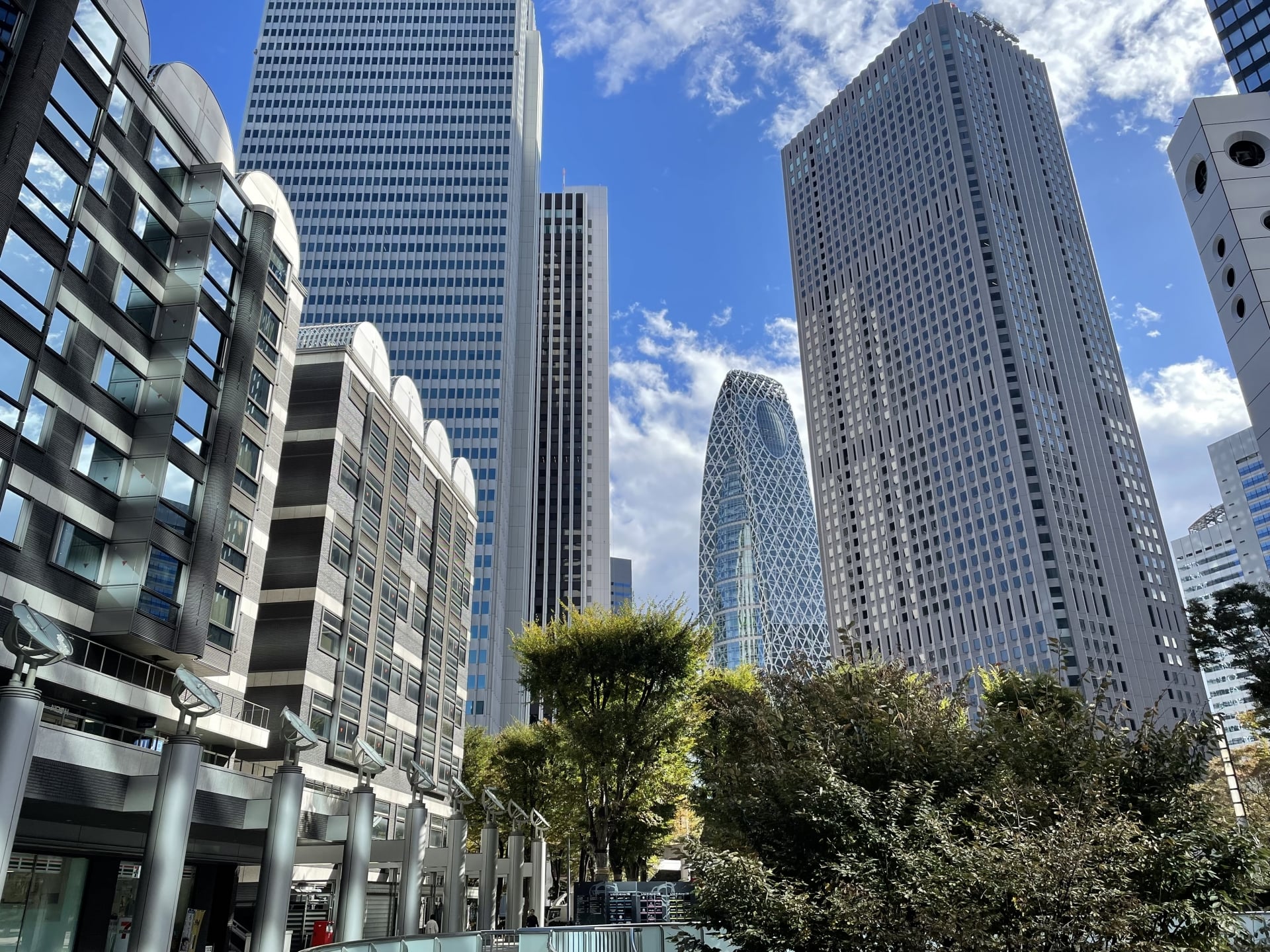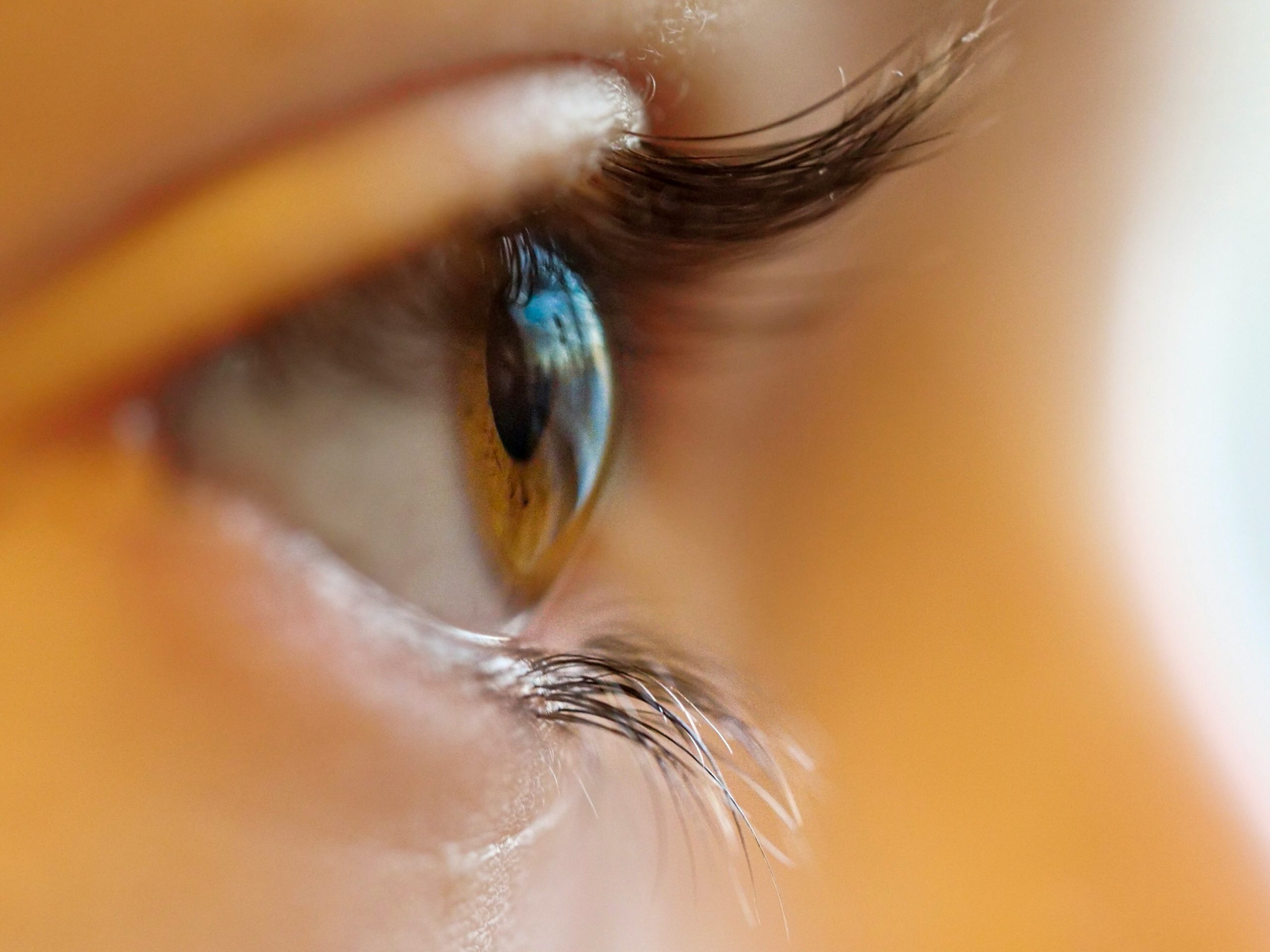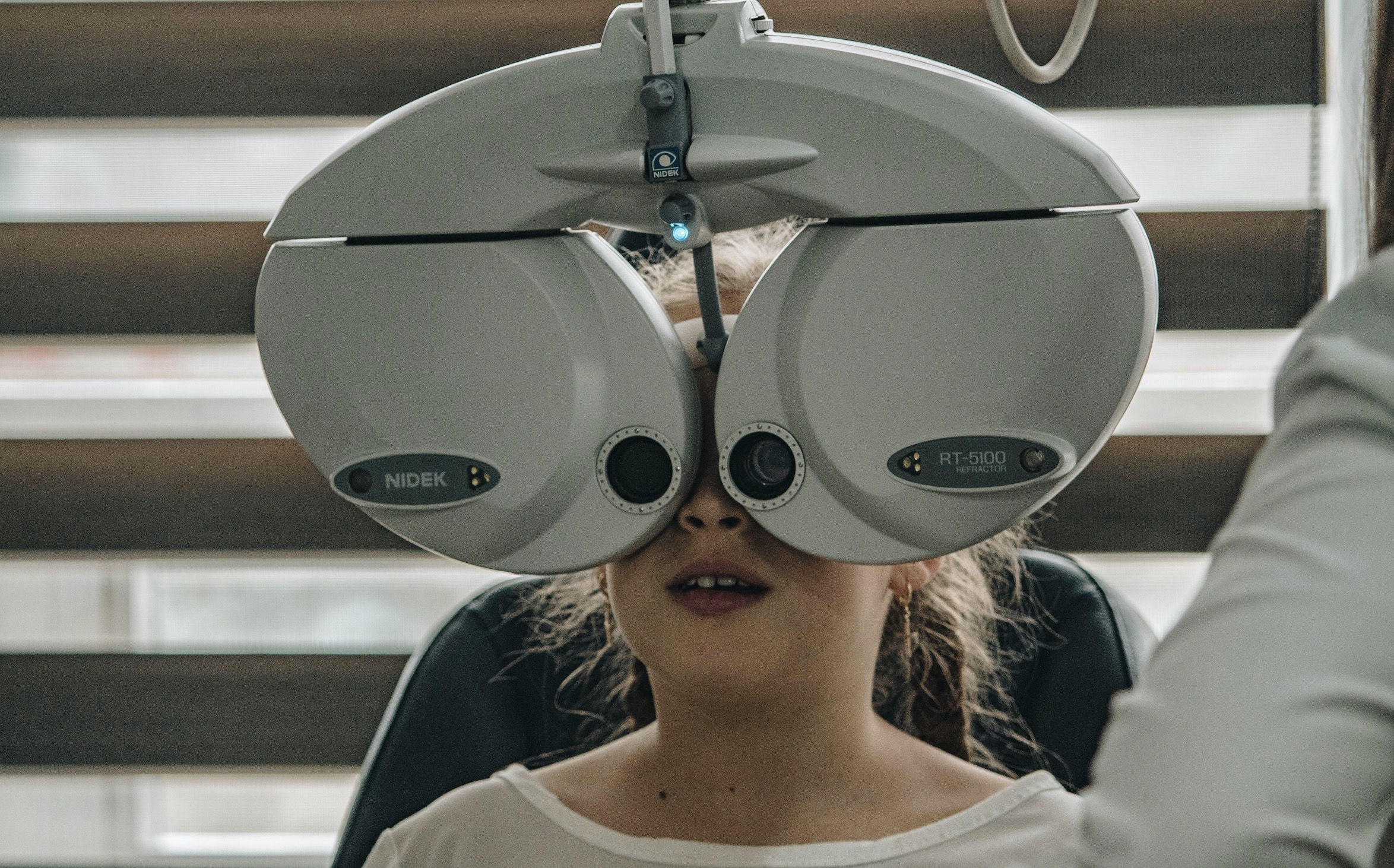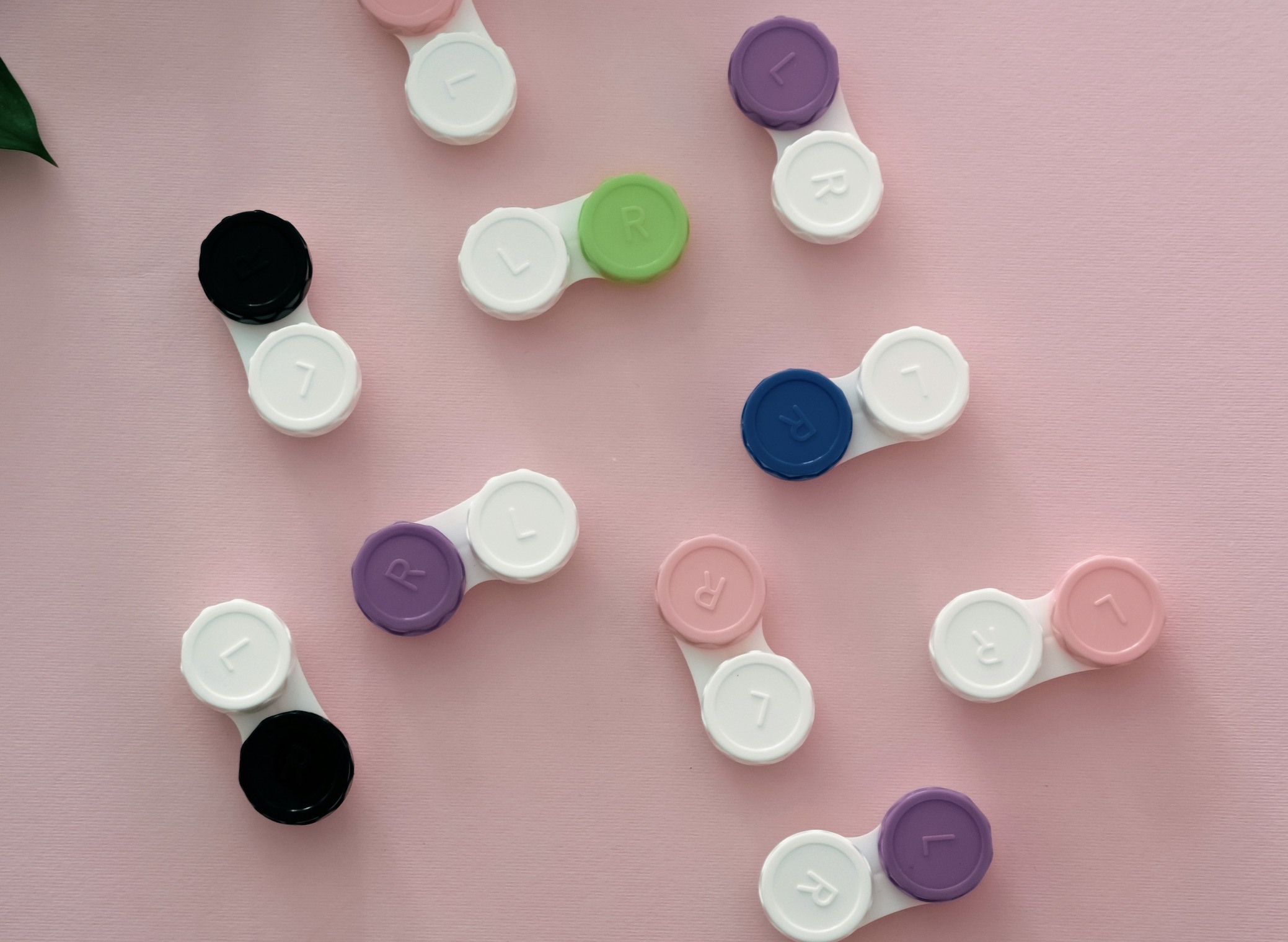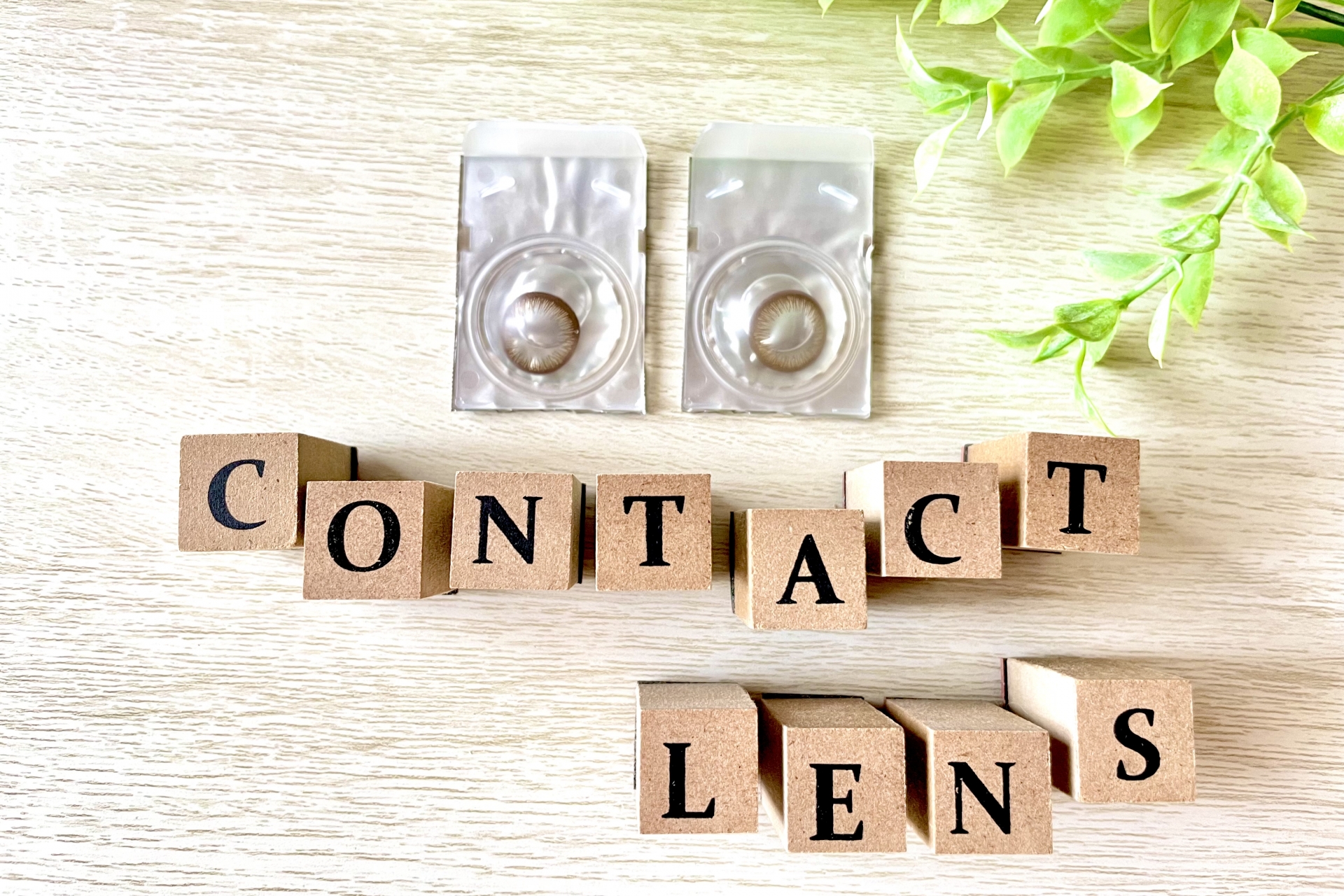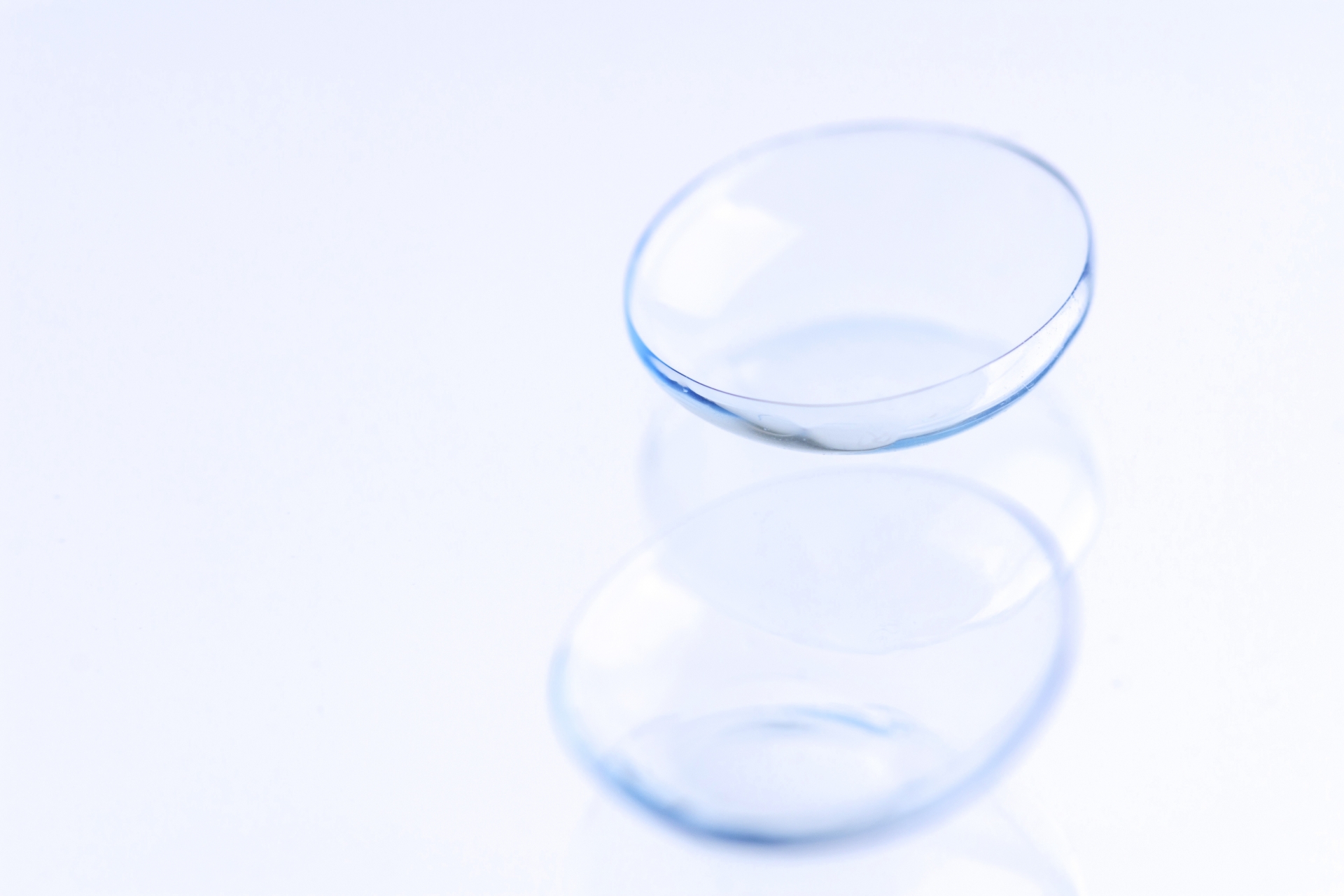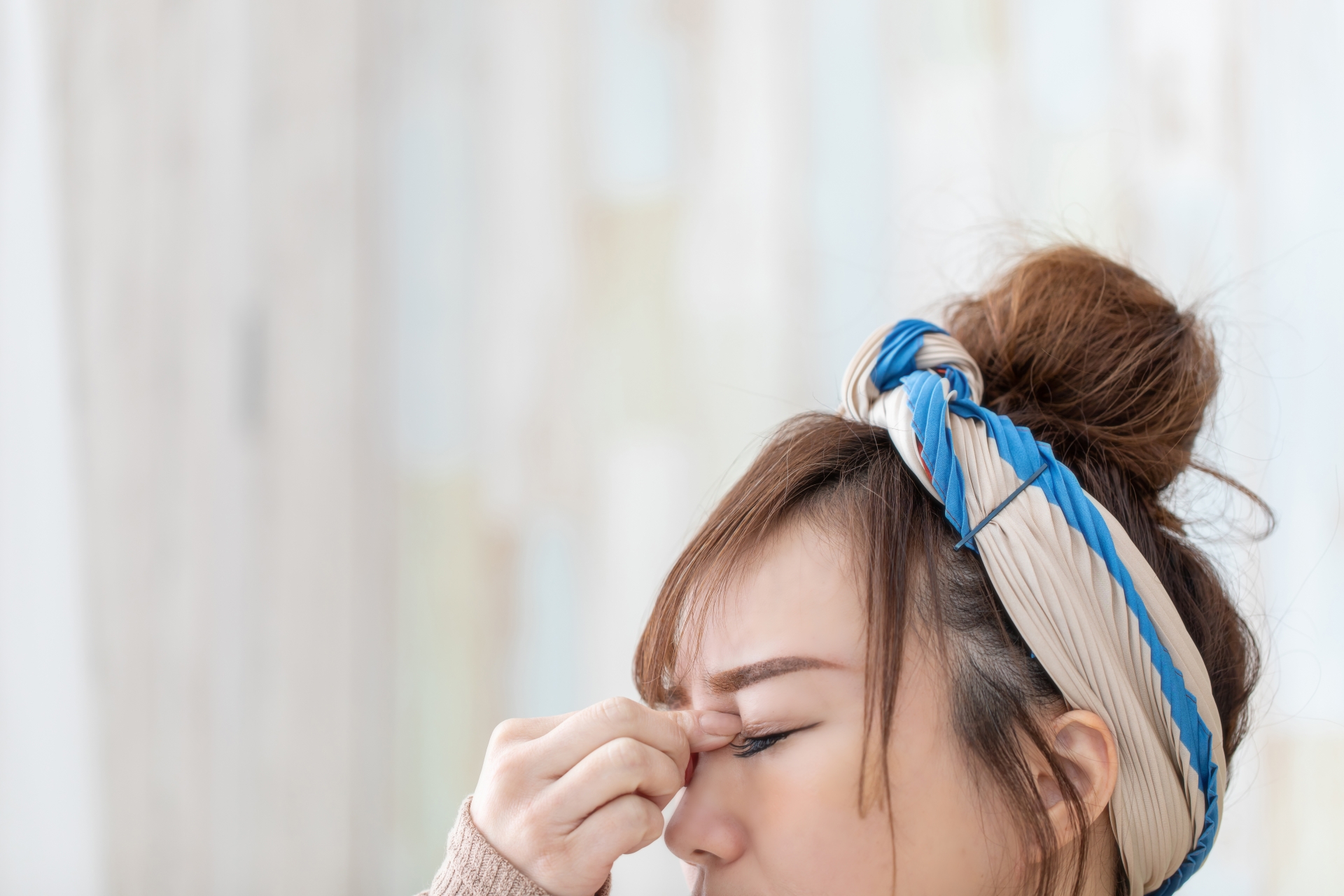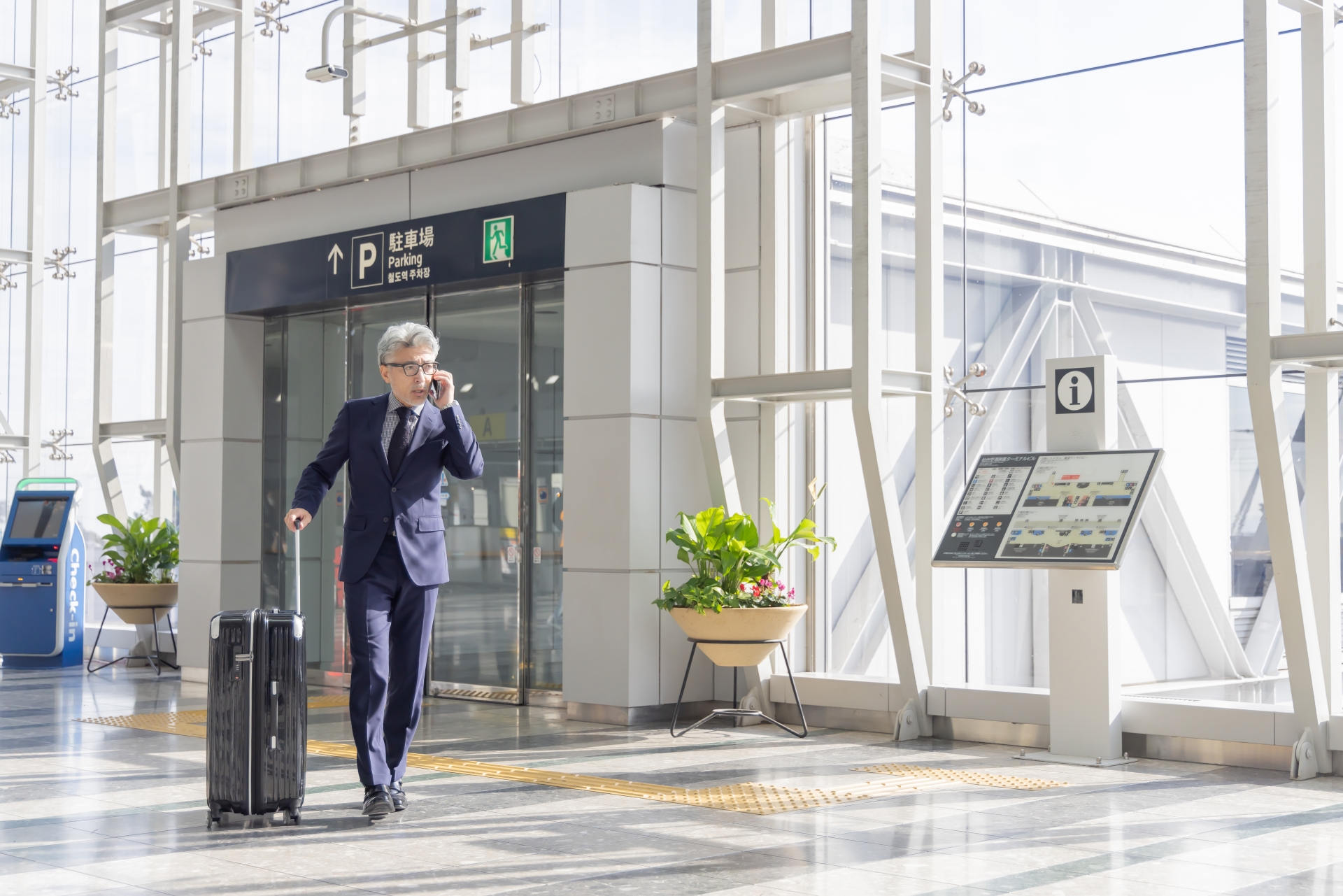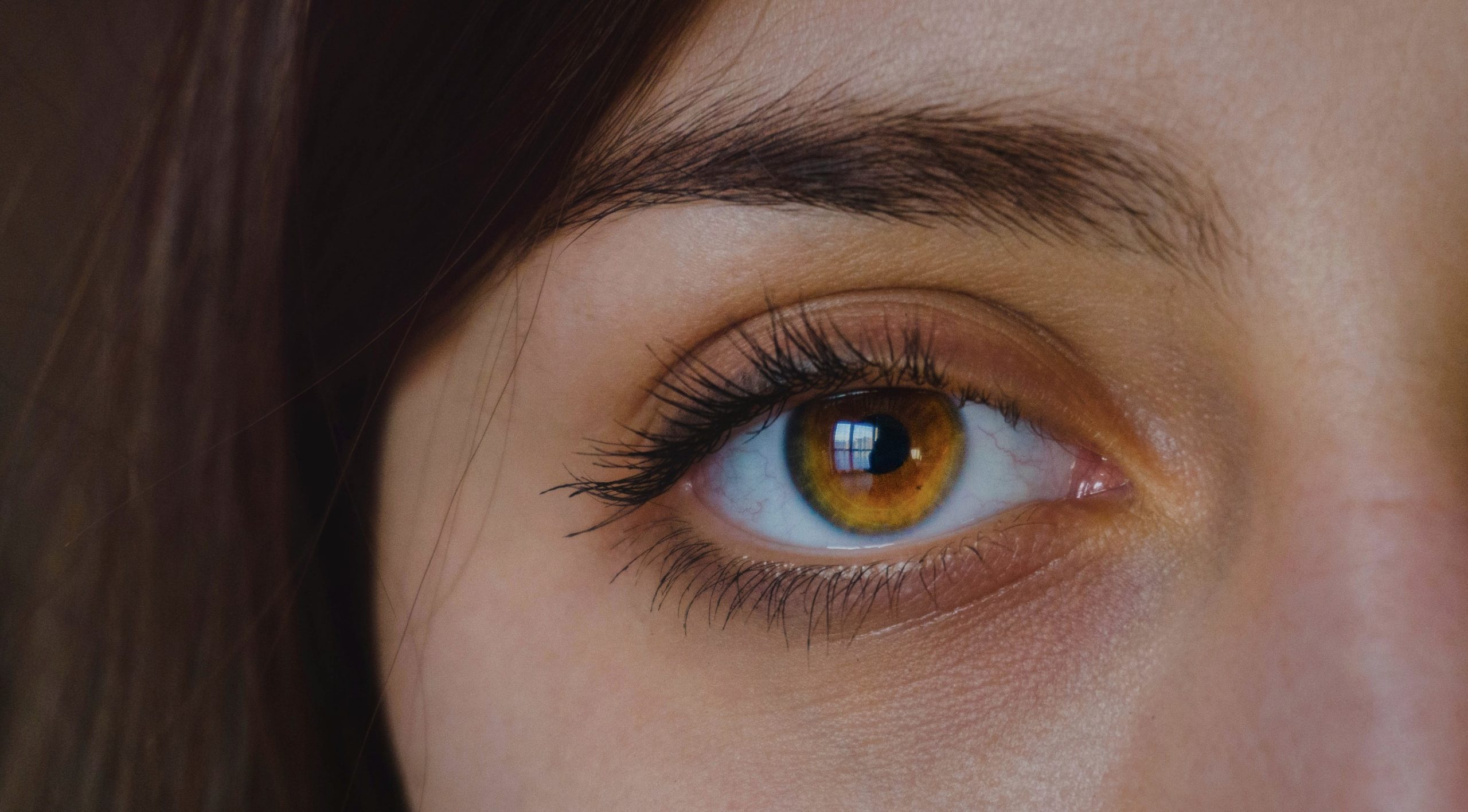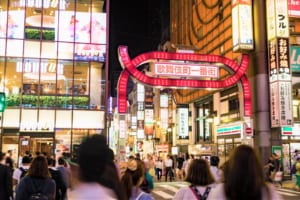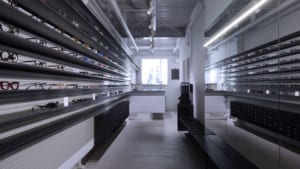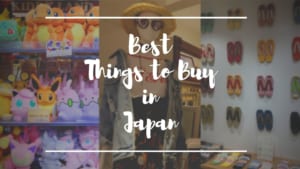3 Reasons Why You Should Buy Contact Lenses in Japan — Expert Insights from Lens Apple’s President Yoshida
Everything You Need to Know About Buying and Using Contact Lenses in Japan
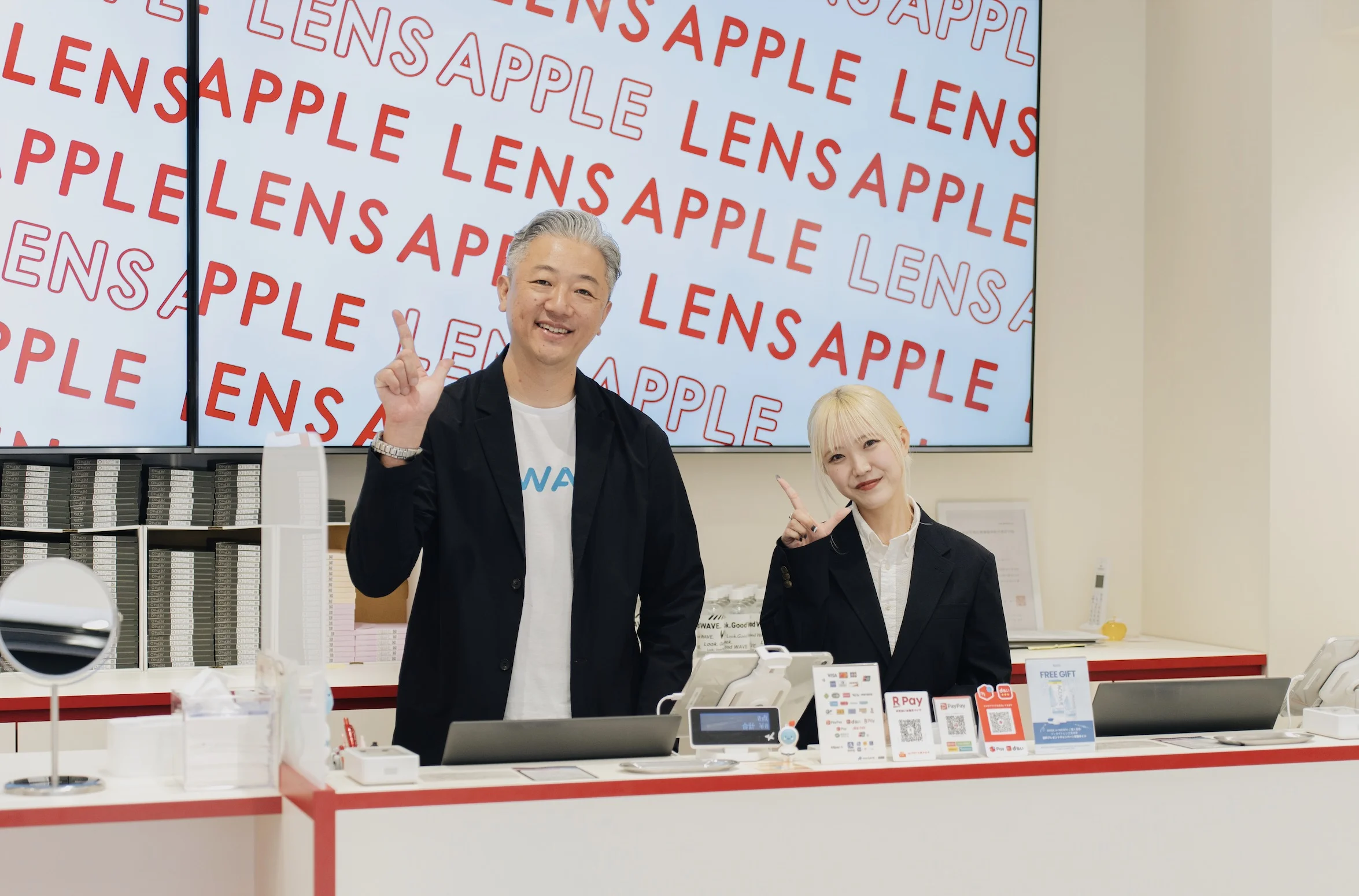
Contact lenses are an everyday essential for people around the world, but why should you consider buying them in Japan, a country known for its uniqueness and high standards?
This article offers useful information for travelers coming to Tokyo who wear contact lenses, highlighting the benefits of purchasing them while visiting the city.
We also spoke with Mr. Yoshida, the expert behind Lens Apple, a reliable contact lens retailer based in Tokyo. He shared practical tips and insights for contact lens users.
From how to choose the right lenses to lesser-known care tips, this article will help you better understand your eyes and make smarter choices when it comes to eye health.
This article has been reviewed by the following expert.
Meet the Expert: Mr. Yoshida, President of Lens Apple
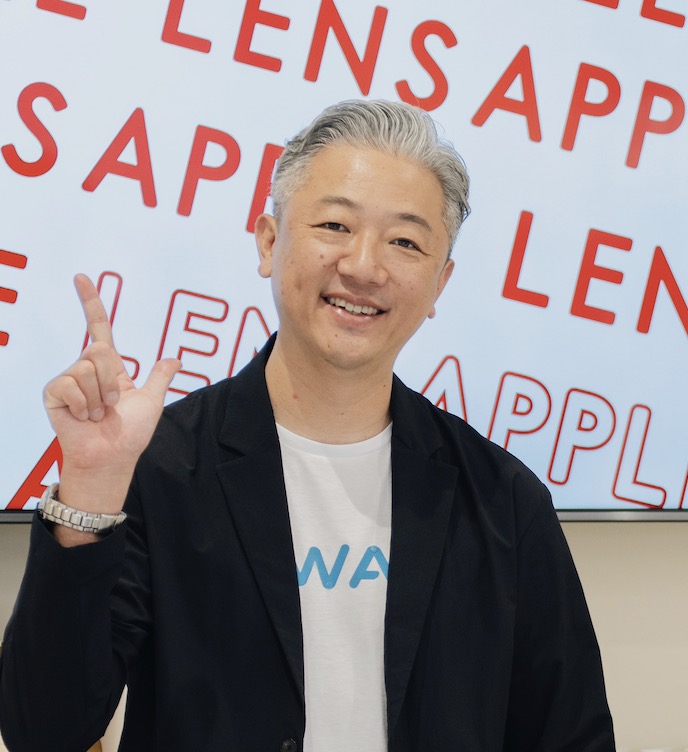
Known as “the man who loves contact lenses more than anyone in Japan and wants to sell the most in Japan,” Tadashi Yoshida(吉田忠史) is a leading figure in the country’s contact lens industry. Originally from Aichi Prefecture, he became the CEO of Parente Co., Ltd. in 2011 and has since dedicated his career to improving how people access and enjoy contact lenses.
Mr. Yoshida oversees the operations of Lens Apple, one of Japan’s most trusted contact lens e-commerce platforms. Under his leadership, the company has expanded its logistics network to three domestic distribution centers, ensuring safe and speedy delivery across the country. As of January 2024, Lens Apple has successfully fulfilled over 40 million orders—a testament to its scale and reliability.
In addition to running a major online platform, Mr. Yoshida also developed the company’s original brand WAVE, which is built on the concept of “making vision more fun and more accessible.” The brand offers a wide range of products and services that go beyond traditional lenses, aiming to enrich people’s lives through better visual experiences.
Driven by a passion to help others enjoy a comfortable life with contact lenses, Mr. Yoshida also runs a YouTube channel called Contact President Yoshida Channel, where he shares tips, insights, and updates in an approachable, informative style.
YouTube: https://www.youtube.com/@yoshida_parente
Instagram: https://www.instagram.com/parente_yoshida/
X: https://x.com/yoshida_parente
TikTok: https://www.tiktok.com/@parente_yoshida
About Lens Apple Shinjuku
Lens Apple is one of Japan’s largest online contact lens retailers, with millions of orders placed every year. Its physical store, Lens Apple Shinjuku, is conveniently located near Shinjuku Station and offers a hassle-free option for travelers to purchase Japanese contact lenses without a prescription.
In addition to popular brands like Johnson & Johnson’s Acuvue and CooperVision’s MyDay, the store also carries Lens Apple’s original private label, the “WAVE” series. Developed under the concept of “making vision more fun and more accessible,” WAVE lenses are highly rated for their excellent balance of performance and affordability.
Thanks to its integrated logistics and inventory system shared with the online store, Lens Apple Shinjuku provides reliable service and smooth in-store purchasing for both locals and international visitors.
Store Information
Access:
5-minute walk from JR, Odakyu, and Keio Line Shinjuku Station (South Exit)
Just steps from Exit 7 of Shinjuku Station on the Keio New Line, Toei Shinjuku Line, and Toei Oedo Line
Address:
1F Mitsumaru Building, 1-19-10 Nishi-Shinjuku, Shinjuku-ku, Tokyo 160-0023, Japan
Phone: 03-6279-0783
Business Hours: 10:30 a.m. – 7:30 p.m. (Closed on Wednesdays)
Website: https://www.lens-apple.jp/shop/shinjuku-concept/
It’s important to bring extra contact lenses when traveling abroad. But if you ever run out while visiting Japan, you can easily buy more without a prescription at Lens Apple Shinjuku!
As a special offer for readers of this article, we’re providing an exclusive coupon for use at Lens Apple Shinjuku.
Simply show the QR code below at checkout to receive a 5% discount.
– Valid for all products, regardless of purchase amount
– Expiration date: December 25, 2025
In the following sections, we will explain the key things to know when buying contact lenses in Japan, including important tips and benefits.
3 Reasons Why You Should Buy Contact Lenses in Japan
1. High-Quality Contact Lenses at Surprisingly Low Prices
Japan is known for its advanced medical technology, and contact lenses sold in the country must meet strict standards set by the Ministry of Health, Labour and Welfare. As a result, you can buy safe, high-quality lenses with confidence.
For example, a 90-pack of ACUVUE® OASYS 1-DAY is sold in Japan for around ¥8,310 (approximately US $56.95, based on an exchange rate of ¥145.92 per dollar as of late August 2025). In contrast, the same product is priced at $89 to $113 on major U.S. retail websites (as of September 18, 2025). This means you could save from 36% to nearly 50% by purchasing contact lenses in Japan, depending on the seller and local pricing.
At Lens Apple Shinjuku, you can get an additional 5% discount on contact lenses by using the following coupon code:
2. Walk-In Pickup in Just 10 Minutes (No Prescription Needed at Lens Apple Shinjuku, 1,200 SKUs in Stock)
Many people assume that a prescription is required to buy contact lenses in Japan. However, international visitors can purchase select lenses without a Japanese eye exam. At Lens Apple Shinjuku, the store introduced above, over 1,200 types of lenses are kept in stock. This means your preferred lenses can be ready for pickup in as little as 10 minutes.
3. Prime Location in Central Tokyo – Right in Shinjuku
Lens Apple Shinjuku is located in the heart of Tokyo, just minutes from Shinjuku Station, one of the city’s main transportation hubs. With no prescription required and same-day pickup available, it’s easy to fit a quick stop into your travel itinerary while enjoying the rest of your time in Japan.
Things You Should Know Before Continuing to Use Contact Lenses
1. How to Choose the Best Contact Lenses for You
Choosing the right contact lenses from the many available options is much like choosing a life partner from among countless people. In other words, selecting your contact lenses is not something to take lightly.
The most basic and crucial requirement for choosing the best lenses is ensuring that they are approved by a proper authority. In Japan, contact lenses that have been officially approved by the Ministry of Health, Labour and Welfare are assigned an approval number. This number is displayed on the product packaging, and buying lenses with this certification is the absolute minimum standard you should follow.
It is also important to choose lenses that match your lifestyle and how often you wear them. For example, do you wear contacts all day long, or do you usually wear glasses and only switch to contacts when playing sports? The ideal lens can vary depending on your specific needs.
Finally, don’t let price be your only deciding factor. Your eyes affect your concentration and fatigue levels throughout the day. If you find lenses that truly suit you, it’s worth investing a bit more for the comfort and eye health they can provide over time.
2. What Most People Don’t Know About Age Limits for Contact Lens Use
There are no strict age limits for wearing contact lenses. As long as proper rules are followed, people of almost any age can wear them safely. However, there are reasons why it is not recommended for young children, especially those in their early teens during growth periods, to wear contact lenses for long hours.
Inside the eye, there are cells called “corneal endothelial cells” located behind the cornea. Once these cells decrease, they cannot regenerate. While it is normal for them to decline gradually over time, wearing contact lenses can reduce the amount of oxygen reaching the eyes, which may accelerate the loss of these important cells.
To minimize this risk, it is best to choose lenses with high oxygen permeability and to wear them only when truly necessary, and ideally for shorter durations.
3. 1-Day vs. 2-Week Lenses: Which One Is Better in the End?
Should You Use 1-Day or 2-Week Contact Lenses? This is one of the biggest questions for many contact lens users. Both types have their pros and cons, so it’s important to understand the differences before deciding which is right for you.
The biggest advantage of 1-day lenses is hygiene. Since you’re using a fresh pair every day, there’s no need to clean them, and the risk of eye infections is lower. However, the downside is cost—1-day lenses tend to be more expensive.
On the other hand, 2-week lenses must be cleaned and stored properly each day, and you’ll also need to make sure you don’t run out of lens care solution. That said, they are generally more cost-effective if you’re wearing contacts daily. They also offer a wider range of prescription options compared to 1-day lenses, and some specific powers are only available in 2-week types.
To give a rough price comparison:
A 1-month supply of 1-day lenses for one eye usually costs around ¥2,000–¥3,000
A 3-month supply of 2-week lenses for one eye typically costs about the same
When choosing your lenses, consider not just cost but also your lifestyle—such as how much time you’re willing to spend on lens care and whether you’re often in environments that make lenses prone to getting dirty. The best way to find what suits you is to try both types and see which one feels more comfortable for your needs.
4. The World’s Easiest Guide to Contact Lens Terms
The information printed on your eye exam prescription or on a box of contact lenses is actually crucial for finding the lenses that are right for you. While these information often includes technical terms that are easy to overlook, understanding them can help you make better choices. Here’s a simple guide to the most common ones:
-POWER, PWR, P, D, SPH
These abbreviations all refer to the lens power, which indicates the degree of vision correction needed.
For example, you might see values like “-1.00” or “+1.50.” A minus sign (“-“) indicates nearsightedness (myopia), meaning you can see nearby objects clearly but struggle with distant ones. A plus sign (“+”) means farsightedness (hyperopia), where distant objects are clear but close-up items are blurry.
The lens shape differs depending on whether you are nearsighted or farsighted, so it’s important to know which applies to you.
-BC (Base Curve)
This refers to the curvature of the back surface of the lens. The larger the number, the flatter the curve. People with larger eyes typically have a higher BC value.
For instance, “BC 8.5” means the lens is curved to match the arc of a circle with an 8.5 mm radius.
-DIA (Diameter), SIZE
This indicates the diameter of the contact lens (the size of the circle). If the DIA is too large for your eye, it can reduce the amount of oxygen reaching the cornea. If it’s too small, the lens may shift or move out of place easily.
Choosing a lens with the right diameter for your eye size is essential for both comfort and eye health.
-CYL (Cylinder / Astigmatism Power)
This value appears only on contact lenses designed for astigmatism. It indicates the amount of correction needed to address the distortion caused by astigmatism.
-AXIS, AX (Astigmatism Axis)
This also appears only on toric (astigmatism-correcting) lenses. It specifies the angle at which the astigmatism correction is applied.
Often referred to as the central axis, it is expressed in degrees from 0 to 180°.
-ADD (Addition / Near Vision Power)
ADD appears only on multifocal (bifocal) contact lenses. It indicates the difference in power between your distance vision and near vision correction. If you’re trying multifocal lenses for the first time, it’s generally recommended to start with a lower ADD value.
-CT (Center Thickness)
CT stands for “center thickness,” which is the thickness of the lens at its center. Thicker lenses may be more prone to shifting or falling out, while thinner lenses tend to offer a more comfortable fit.
-Edge Thickness
This refers to the thickness around the outer edge of the lens. Some manufacturers design thinner edges to improve comfort. Smooth, rounded edge designs are also used to help prevent irritation to the cornea or eyelids.
-EXP (Expiration Date)
While not unique to contact lenses, EXP indicates the expiration date of the product. For contact lenses, this refers to the shelf life of the unopened package.
-Dk Value (Oxygen Permeability Coefficient)
This value indicates how much oxygen the lens allows to pass through to your eye. The higher the Dk value, the more oxygen the lens transmits.
For healthy eyes, a minimum Dk value of 24.1 is recommended. A Dk value of 80 or higher allows approximately 97% of the oxygen to reach the eye compared to going without lenses.
-Dk/L or Dk/t (Oxygen Transmissibility)
This is the Dk value divided by the lens thickness (L or t). In general, thinner lenses allow more oxygen to reach the eye. Therefore, it’s important to consider not just the Dk value itself, but also the thickness of the lens when evaluating oxygen transmissibility.
-Water Content (Moisture Content)
This refers to how much water the lens material can absorb. Lenses with 50% or more water content are considered “high-water-content lenses,” while those with less than 50% are called “low-water-content lenses.”
High-water-content lenses tend to be more breathable and feel more comfortable, but they also absorb more of your natural tears, which can worsen dry eye symptoms.
Low-water-content lenses retain less moisture from the eye, making them more suitable for people prone to dryness, though they may feel slightly less comfortable than high-water-content lenses.
These are the key terms that are helpful to know when choosing or using contact lenses. Understanding them will give you deeper insight into both your lenses and your eyes.
5. Can Contact Lenses Correct Astigmatism and Presbyopia?
While contact lenses are often associated with correcting nearsightedness, they can also correct both astigmatism and presbyopia.
In fact, almost everyone has some degree of astigmatism. An eye exam can determine whether you have regular or irregular astigmatism. Regular astigmatism can usually be corrected with soft toric contact lenses, while irregular astigmatism typically requires rigid gas permeable (hard) lenses for proper correction.
Presbyopia, on the other hand, usually begins to appear around the age of 40. Although many people turn to reading glasses, multifocal contact lenses can also be used to correct this condition. It’s generally recommended to start with a lower addition (ADD) power when trying multifocal lenses for the first time, as it’s easier to adjust to.
6. Tricks for Wearing Contacts Comfortably for Long Hours
One of the main drawbacks of contact lenses is that they are not ideal for extended wear. In general, the recommended maximum wear time is up to 12 hours for soft contact lenses and up to 15 hours for rigid (hard) contact lenses.
Wearing contacts beyond these limits is not advised. If you do need to wear them for the maximum duration, it’s important to use eye drops to prevent dryness and switch to glasses whenever you have a chance to give your eyes a break.
For those who spend long hours working at a desk or studying, one useful tip is to follow the “20-20-20 rule”. Recommended by the American Academy of Ophthalmology, this rule helps prevent eye strain and dry eyes. It suggests that for every 20 minutes spent looking at a screen, you should look at something 20 feet (about 6 meters) away for 20 seconds. Repeating this routine can help reduce eye fatigue throughout the day.
7. How to Handle Contact Lenses During Overseas Business Trips or Long Travel
When traveling abroad for business or extended trips, it’s natural to want to pack light. However, relying on the idea that you can simply buy contact lenses at your destination can be risky. There’s no guarantee that your usual brand or prescription will be available.
It’s generally best to stock up on your lenses in your home country and bring them with you. To be safe, bring more than you need for the number of days you’ll be away. Environmental changes such as temperature and humidity can also affect your lenses, so be prepared for unexpected issues. It’s also a good idea to bring a pair of glasses in case you need to switch out of your contacts.
In Japan, high-quality contact lenses are available at relatively low prices. If you’re visiting Japan and find your usual brand in stock, it might be a smart idea to buy in bulk while you’re here.
8. Can Better Vision Improve Your Work Performance?
The short answer is yes—wearing contact lenses that perfectly match your vision can significantly improve your performance at work or in school.
Our eyes play a vital role in processing information. What we see is transmitted to and interpreted by the brain, so clear vision is essential for optimal cognitive function. In fact, studies suggest that people with better vision tend to have higher cognitive performance than those with poor eyesight.
Eye strain is another factor that directly affects work efficiency. That’s why choosing contact lenses with the right prescription and fit for your eyes can have a powerful impact not only on your daily productivity, but also on your overall quality of life.
9. Colored Contacts: A Game-Changer for Everyone—Not Just Women
Have you ever tried colored contact lenses? These stylish accessories are especially popular among women, as they can instantly change the impression of your eyes and give you a more fashionable look.
But going forward, colored contacts are no longer just for women. They can be used by people of all ages and genders in various ways. Wearing colored lenses doesn’t just affect how others see you—it can also transform how you feel about yourself. Whether you want to lift your mood, boost your confidence, or simply stand out for a special occasion, having your own go-to “confidence color contacts” might just be your new secret weapon.
Japan is a great place to buy contact lenses thanks to its high quality, affordable prices, and trusted approval system. With expert advice from Mr. Yoshida—president of Lens Apple and a true contact lens specialist—you can better understand how to choose the right lenses for your needs. For travelers, Lens Apple Shinjuku offers convenient, prescription-free shopping with a wide selection and fast service, right in the heart of Tokyo.
▽Related Articles▽
Written by
Established in 2016, Japan Web Magazine is a long-running online media platform dedicated to sharing the beauty and uniqueness of Japan with a global audience. Our team is made up of passionate Japan lovers—both Japanese and international writers—who bring a diverse and authentic perspective to every article. We cover everything from must-visit travel destinations across Japan, to local food recommendations, shopping guides, and practical travel tips. In addition to tourism content, we also delve into Japan’s rich cultural tapestry, introducing readers to traditional customs, festivals, and the latest trends in modern Japanese pop culture, including anime and entertainment. Driven by a genuine love for Japan, our mission is to connect readers around the world with the wonders of this incredible country.





